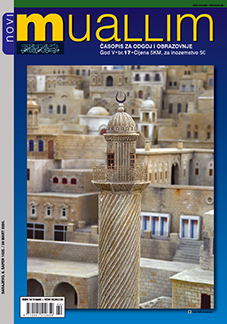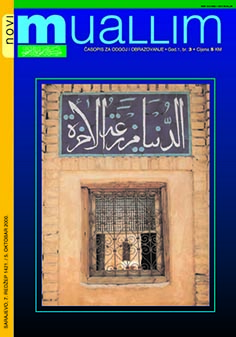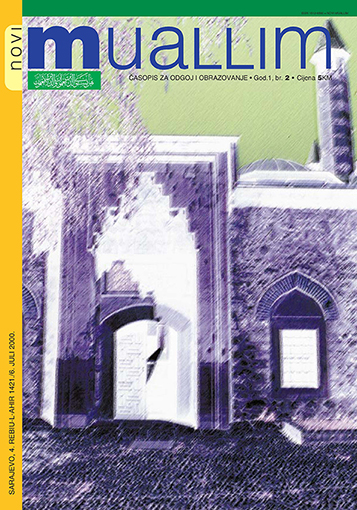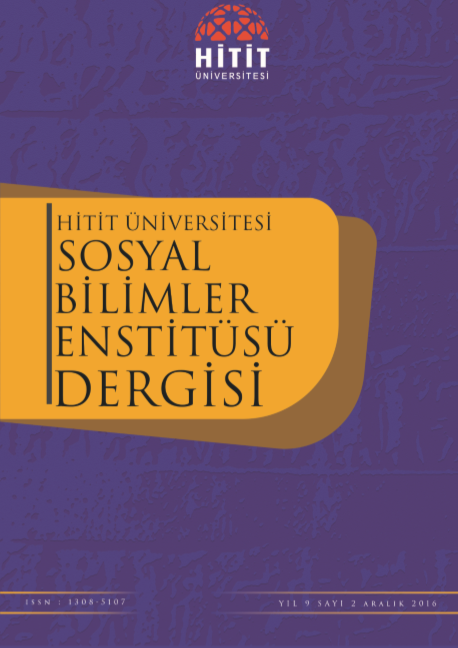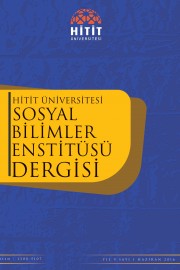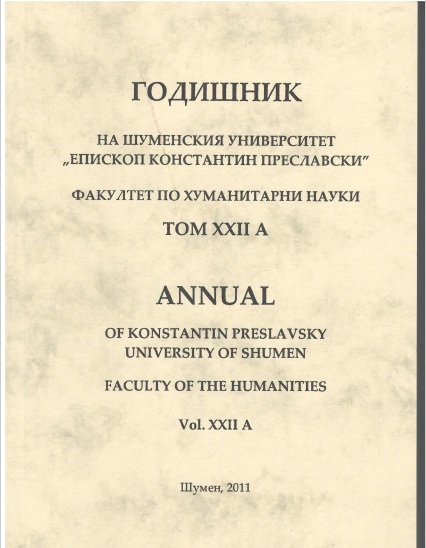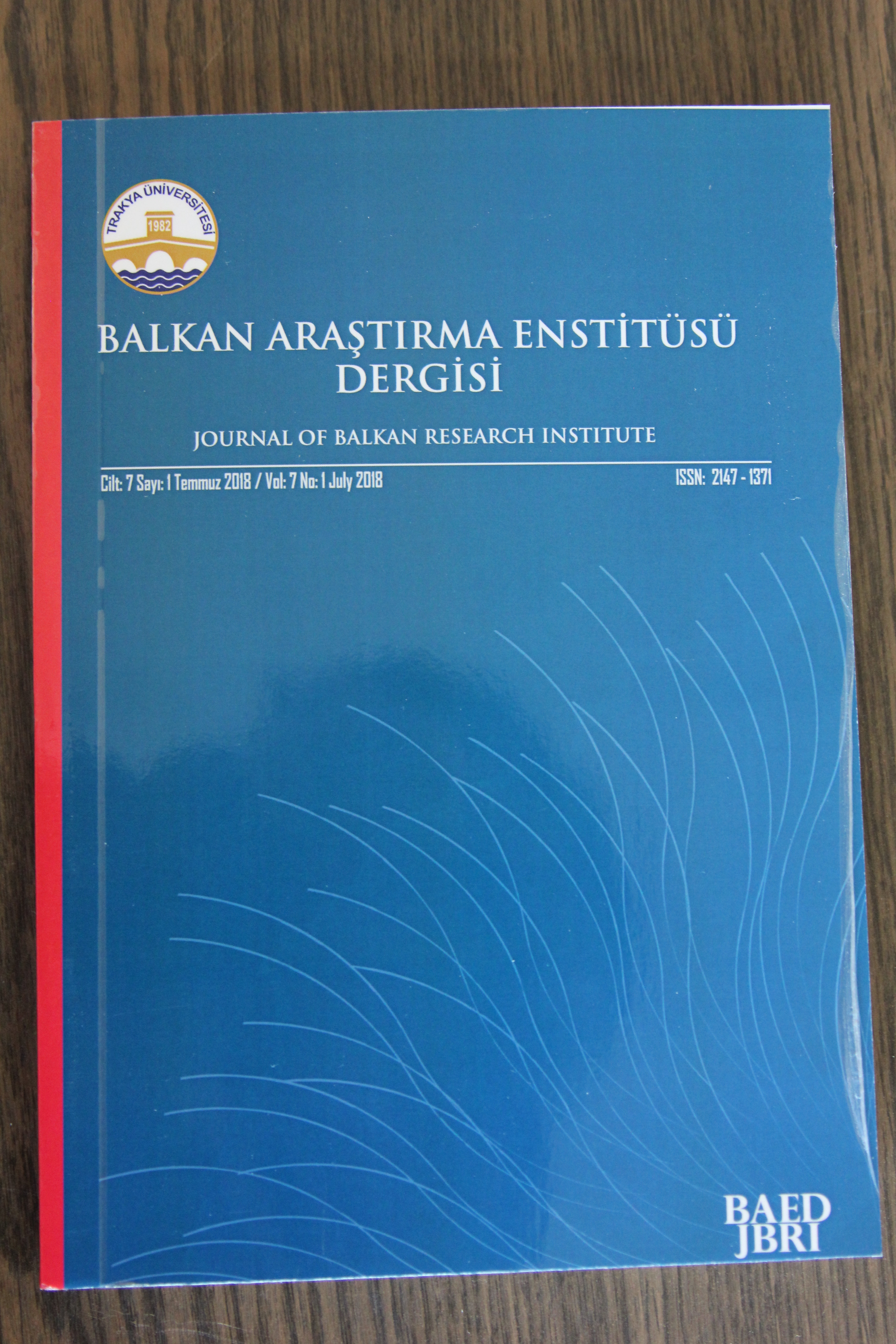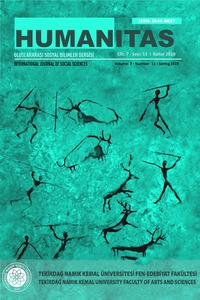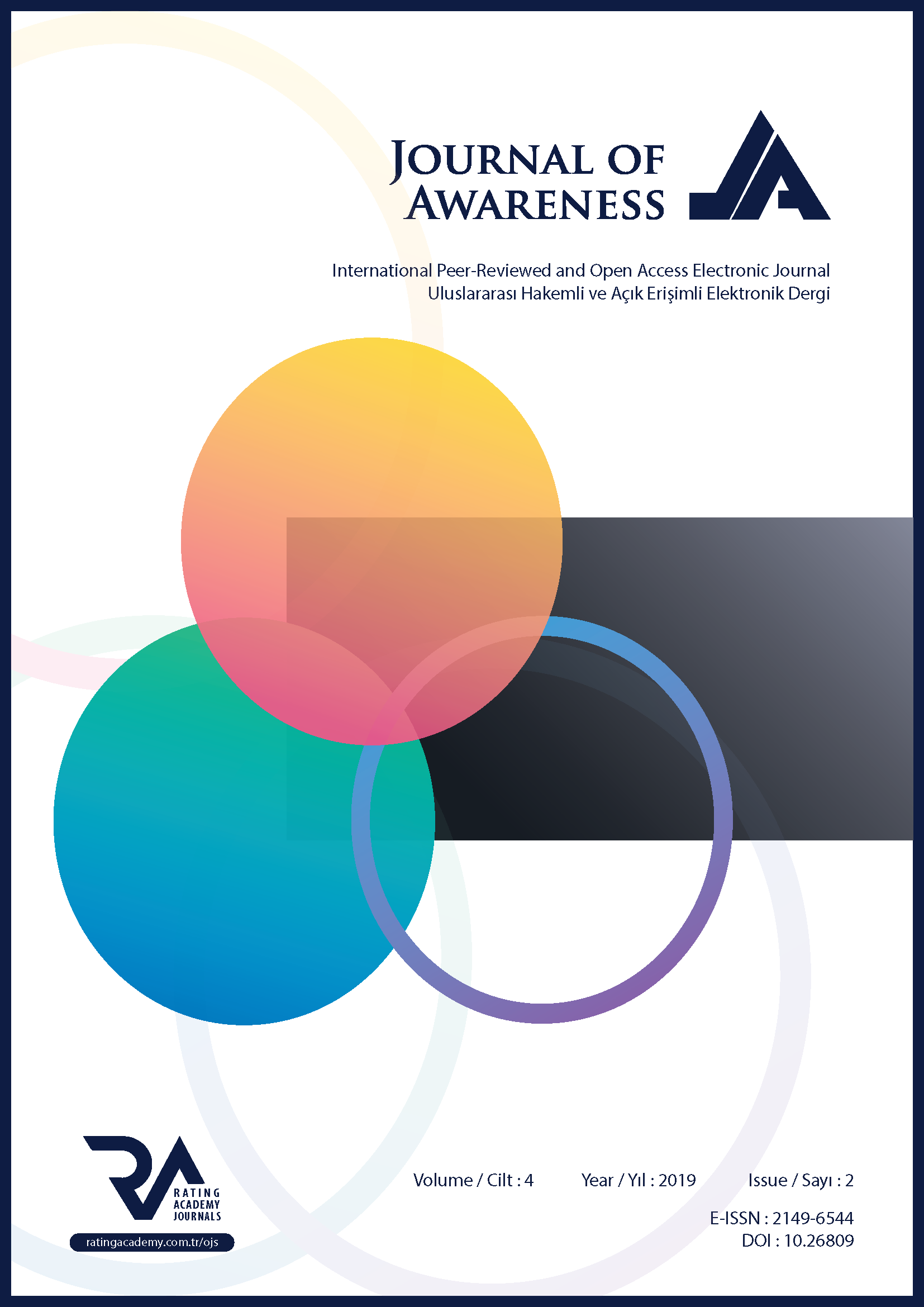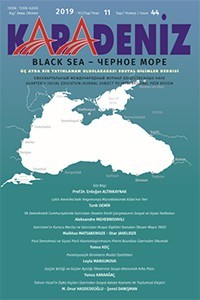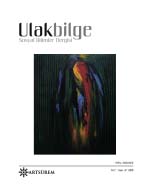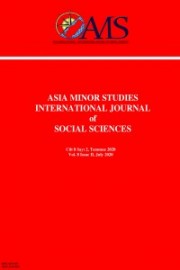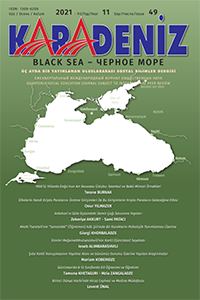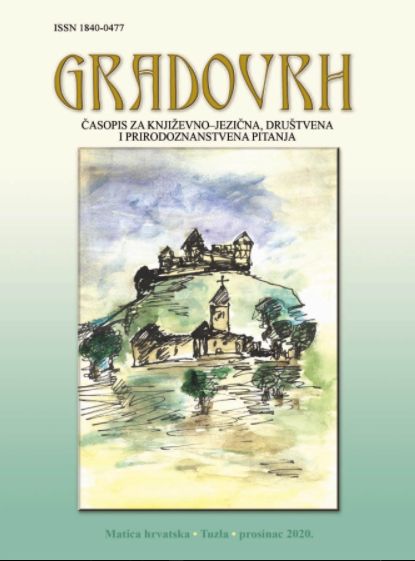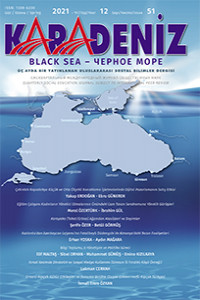Author(s): Baltabay Abdigaziuli,Ergali ESBOSINOV / Language(s): Turkish
Issue: 49/2021
When we look at our spiritual heritage of the recent past, it is impossible to pass by without seeing the traces of the era in which we lived. This was the period of the Soviet Union. Due to the political conjuncture of the era, some responsibilities are so ingrained in our social and current lives, or even in our memories, that it took quite a long time to give up many habits. Among them, a special place is occupied by the concept of the East, which we are used to hearing. This word is a little exaggerated both in meaning and perception. In this article, we will focus on the words, phrases, and meanings gathered around the concept of East. This statement attracts attention in the scientific literature of the Soviet period in terms of covering such areas of scientific research as Turkology, Sinology, Japanese science, Persian science, and Korean science, which have a wide range of meanings. If we take into account people other than nations of European origin, it is necessary to interpret this again with the word East. This situation is not accidental, it is aimed at destroying the Turkic name and everything connected with the Turkic world around the concept of "East". Thus, the main goal was to weaken the semantic weight of the Turkic culture and language, spreading it over large territories. Ahmed Yassawi, Korkyt-Ata, Navai, Fuzuli, YunusEmre – all Eastern poets. Similarly, they may include the world-famous Chinese thinker Confucius or the Tibetan Dalai Lama, because they are also called Oriental. Our article will consider the aspect of the concept of "East", referring to the Turkic Great personalities, who retained their reality in the Soviet era, even today, and will be devoted to the works of the famous poet and thinker of the Kazakhs ShakarimKudaiberdiuly. Shakarim's works will be compared with the works of Fuzuli and famous Turkish thinkers of the Middle Ages, and we will try to focus on the general features.
More...

